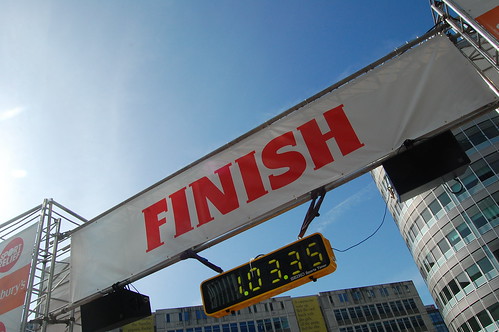One of these days, I’m going to have to write a real author bio. You know, that will run on an “About the Author” page. In a published book.
But no matter how awesome I make that, somehow I think it will pale in comparison to this book. (This book is a perfect example of why I LOVE both buying cookbooks and shopping at thrift stores.)
ABOUT THE AUTHOR
Just as some people have a rare ability at painting or music, so some lucky ones have a genius for the culinary arts, and happily Yvonne Young Tarr is one of those chosen few. Blessed with a rare combination of abilities . . . a super-sensitive palate which can uncannily detect the most subtle nuances of flavor and texture, a vivid and highly creative imagination, and perhaps most important, a love of good food which has grown from a hobby to a consuming passion, Yvonne Tarr is admirably equipped for the task at hand.
A confirmed, practical and creative gourmet — as happy users of her best-selling 10 Minute Gourmet Cookbook and 10 Minute Gourmet Diet Cookbook will attest — Yvonne Young Tarr is dedicated to the proposition that cooking can be a delicious experience, and in this, her third cookbook, she proves it!
Fame, good fortune, and gastronomic delight await the hostess who prepares these tested, failproof, irresistible desserts. The book presents simple and elaborate dessert recipes for little dinners, memorable lunches, and gala gatherings.
Former model, radio writer, and author (book and lyrics) of a delightful musical which graced off-Broadway several seasons past, Mrs. Tarr, mother of two young sons 13 and 17, is currently engaged in writing serious drama.
(Though I’ve tried [a little], I haven’t been able to determine how her serious drama panned out.)
The book is 101 desserts to make you famous (apparently the SHIFT key was stuck at the typesetter), and the cover is almost as good as the backliner:

The recipes include such exotic treats as carrot cake, cherry pudding and chocolate fondue. (Okay, I’m teasing a little—there are a lot of more exotic desserts in here that do actually sound pretty impressive and tasty.)
And because I know you’re wondering: it’s © 1970.
What’s the “best” author bio you’ve ever read?
 As for me, I pretty much beasted Nano. I was actually trying to do Candace Havens’s Fast Draft method, with 5000 words a day, but I was too chicken to admit it publicly. I’d only ever written that much in a day once before.
As for me, I pretty much beasted Nano. I was actually trying to do Candace Havens’s Fast Draft method, with 5000 words a day, but I was too chicken to admit it publicly. I’d only ever written that much in a day once before.





 And then I found
And then I found 
